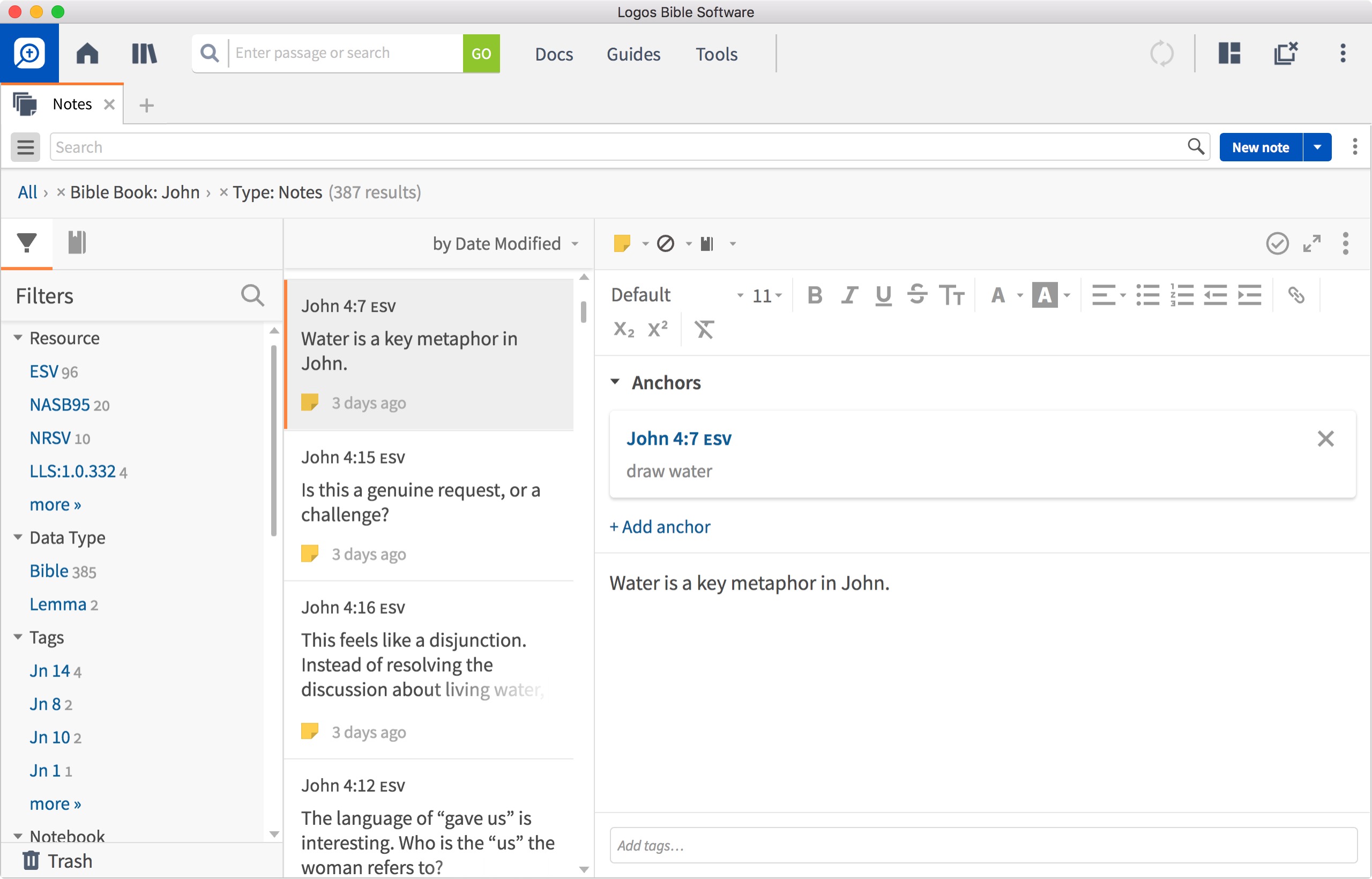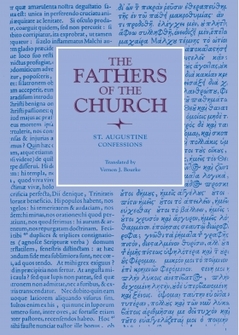Researching for a paper is an excellent way to learn because it trains you to gather information, interpret it, and persuasively present an informed opinion. The process teaches you a great deal, but it also equips you to contribute to ongoing discussions on a given topic.
Here’s the basic process of writing a paper on a historically significant person, either for a class or for your own personal research:
1. Select a person
Unless you’ve been assigned a person to research, you’re most likely going to begin the process from a position of interest. The person whose life and thought you want to explore will be interesting to you for one reason or another (or maybe for many reasons). But it’s important to discover the particular lens through which you want to view this person. Do you want to see how they fit within their historical context? Do you want to look back at them through the filter of contemporary debates? Do you want to focus on the way they saw the world and how that influenced those who came after them?
Having a lens in mind will help you be aware of the perspective you bring to your studies by default, because the reality is that no one approaches research in a vacuum. We all have particular ways of viewing the world, and attending to those—and being intentional about them—can help us to be intellectually honest and gracious in our assessment of historical figures.
Remember, you don’t have to be an expert on the person you want to research before you begin—that’s what the research process will accomplish. You should, however, have an interest in this person’s life. You can consult your local librarian to help you refine your topic and write a better paper.
If you are writing on a person from the Bible, then check out Logos Workflows. Workflows will help you find biblical passages related to the person’s life, review the key events the person was involved in, look for mentions of the person elsewhere in Scripture, and evaluate the person’s character qualities to discern valuable lessons from that person’s life.
2. Do your research
With a person selected, it’s time to find the resources you’re going to dig into. You may find that one resource offers the best discussion of your chosen individual, but you can’t stop there. Researching well means considering opinions that differ from each other (and probably from your own). It’s in the conversation that emerges from engaging with multiple perspectives that real insight and understanding emerge.
There are four steps to researching a paper: conducting a literature review to build your bibliography, consulting standard resources, consulting peer-reviewed journals, and consulting primary sources.
A. Conduct a literature review and build your bibliography
The process of conducting a literature review and building a bibliography is an iterative process. It’s not a one-time step; rather, it’s a step you’ll return to over and over again as you move through your research.
Essentially, in this step, you’re discovering what resources exist and cataloging them. As you begin to read the resources you discover, you’ll likely find references to other works that you’ll then want to read.
B. Consult standard sources
If the person you want to research was part of church history, then you can find useful information in encyclopedias, commentaries, theological dictionaries, concordances, and other theological reference works. The biggest help these resources will offer you at this stage is their bibliographies. Be sure to check the cross-references often.
C. Consult peer-reviewed journals
Even if you’re focusing in on a particular text by the person you’ve selected (like Dionysius the Pseudo-Areopagite’s The Divine Names or Augustine’s Confessions), you need to see what your contemporaries have to say about it in order to situate your research in its context. This means consulting peer-reviewed journals. As you read, you’ll discover where scholars agree and disagree, and how the study of that person has advanced over time.
D. Consult primary sources
After completing all the previous steps, you will likely have become acquainted with the most important books for your chosen individual, both primary and secondary. Primary sources are first-hand historical documents, whereas secondary sources are books and articles that analyze or interpret the primary sources. Reading primary sources, particularly those written by the person you’re researching, is especially important.
3. Construct an outline
This step is incredibly important, but is often overlooked. It’s time to refine your angle of approach based on your research, then arrange your notes and research materials into a clear outline that will guide you as you craft a convincing and coherent argument.
4. Draft your paper
You are now ready to draft your paper. Your initial focus is to expand your outline into paragraph form as straightforwardly as possible. While your outline will be essential as you draft, don’t feel you need to stick to it absolutely. You may discover as you write that a different structure or organization will better advance your argument. Make use of relevant quotations from your research to clarify your points or add support for your arguments.

Logos Notes Tool
Use the Notes Tool in Logos to take notes as you research. Capture your thoughts on any passage, and they’ll stick to the sections you’re studying. Pull related research together into notebooks, and even share them with friends. Then, you can easily find powerful quotes to add to your paper. Learn more.
5. Revise and refine
Notice the word “draft” in the previous step. That word is intentionally selected because, arguably, the most important part of the writing process is in your revisions. Drafting gets the ball rolling, but revising is where you refine and revise your previous drafts, ensuring your argument is clear and forceful.
Before you send your final paper, you’ll want to make sure you’re writing clearly and using the right style. If you are in school, follow the rules of your academic handbook. If not, adopt a common style guide like APA, Turabian, or the SBL Handbook of Style, and consult online guides like EasyBib or the Chicago Manual of Style for help. You can also find helpful writing advice in The Elements of Style.
Conclusion
While this structure is helpful, you may find that some variation of it works better for you. Go with what works because, at the end of the day, a thoroughly-researched and well-written paper is what you’re after.
Further resources
The SBL Handbook of Style: For Biblical Studies and Related Disciplines, 2nd ed.
Regular price: $27.99







